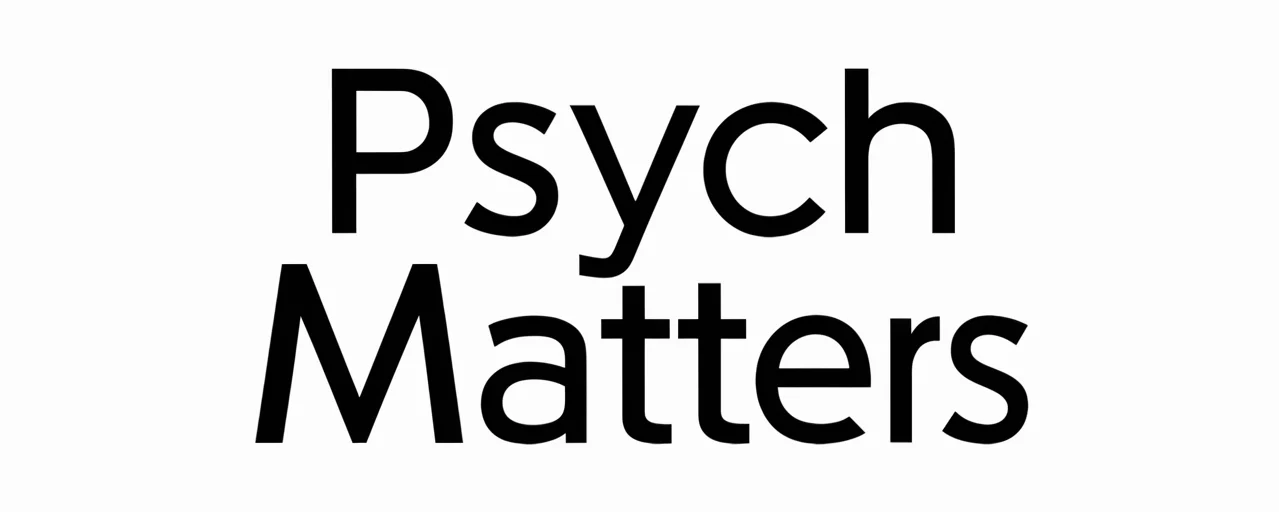Mindful Interfaces: The Psychology of Ethical Tech Design
Opening the Mind’s Eye: Defining Ethical Tech Design Psychology
Ethical tech design psychology is the interdisciplinary field that examines how psychological insights can inform technology creation in ways that uphold human dignity, mental health, and societal well-being. It bridges human-computer interaction principles with ethical frameworks to ensure user experience ethics go beyond usability—addressing consent, inclusivity, transparency, and avoidance of manipulative patterns such as psychological exploitation through dark patterns or addictive engagement loops.
This area considers the impacts of persuasive technology, behavioral design, and cognitive bias within the attention economy, advocating for mindful design decisions that encourage autonomy rather than dependency.
Foundations of Ethical Tech: Philosophy Meets Practice
Ethical technology design integrates philosophical perspectives, psychological research, and socio-political awareness to create products that respect user autonomy and rights. As explored in academic discussions on critical theory, instrumental rationality—focusing solely on efficiency and profit—can dehumanize users. Herbert Marcuse’s “one-dimensional man” critique warns against technological evolution that prioritizes consumerist dominance over genuine human liberation.

In practice, designers must transcend metrics like engagement or monetization. Instead, frameworks such as those detailed in ethical design theory resources emphasize dignity, justice, and equity, mapping philosophy into actionable steps for humane and inclusive technology.
Psychological Principles for Human-Centered Design
Psychology plays a central role in ensuring technology is intuitive, fair, and non-exploitative. Concepts from cognitive load theory, usability heuristics, and behavioral economics guide ethical user interface creation. Factors such as learnability, efficiency, memorability, error tolerance, and satisfaction should enhance—not manipulate—user engagement.

However, research into the psychology of design reveals that these same principles can be misused in habit-forming products that trigger compulsive interactions. Ethical practitioners therefore focus on digital wellbeing by avoiding addictive design patterns and preserving user autonomy. For instance, transparency in algorithms helps mitigate cognitive biases and ensures decisions made by responsible AI systems are perceived as equitable.
- Respect cognitive and emotional limits (avoid excessive cognitive load).
- Design for mental health technology that supports wellbeing.
- Prevent digital addiction by limiting exploitative feedback loops.
- Empower users with control and clear consent mechanisms.
Actionable Frameworks: Embedding Ethics Systematically
Embedding ethics requires structured approaches throughout the product lifecycle. Frameworks such as the wellbeing, autonomy, privacy, justice, and human rights lenses outlined in humane technology principles facilitate systematic ethical reflection. Designers must balance innovation with responsibility, applying inclusivity and transparency as core values.

The principles for good technology document emphasizes:
- Wellbeing – Align tools with users’ best interests.
- Inclusivity – Anticipate and accommodate diverse needs.
- Purpose & Honesty – Design with clarity and integrity.
- Privacy by Design – Embed ethical data collection and protection mechanisms.
These strategies help counter issues like unethical behavioral nudging, maintain user empowerment, and foster trust.
Professional and Organizational Ethics: Preventing Harm
Professional ethics bridge psychology and technology. The American Psychological Association’s Code of Ethics outlines principles such as beneficence, non-maleficence, and respect for people’s rights. These guidelines apply to digital products handling sensitive user data or influencing psychological behavior.

At an organizational level, embedding ethics requires systems for foresight and resilience. As underscored by MIT Sloan’s review on ethical technology, anticipating misuse and unintended consequences allows teams to address harmful potential before deployment. Responsible AI and algorithmic fairness should be part of systemic checks to minimize risks to vulnerable or marginalized users.
- Regular ethical audits of products.
- Impact assessments for potential psychological harm.
- Transparent communication of design intentions.
- Mandatory disclosures for algorithmic processes.
Beyond the Screen: Cultivating Ethical Futures
Ethical tech design psychology extends into shaping the long-term relationship between humans and technology. Moving beyond immediate product interfaces, the aim is to promote digital minimalism, user empowerment strategies, and cultural shifts toward mindful technology use. This includes evaluating how design decisions influence social dynamics and mental health over time.

Design ethics in future-oriented tech must anticipate evolving interaction models—from augmented reality to AI-driven personalization—while preserving user autonomy and psychological safety online. Ethical persuasion techniques should advocate for beneficial behaviors without infringing on freedom of choice or inducing harm.
Ultimately, conscious design decisions grounded in philosophy, psychology, and socio-political awareness will enable a tech ecosystem built on trust, inclusivity, and respect for humanity’s cognitive and emotional landscape.







